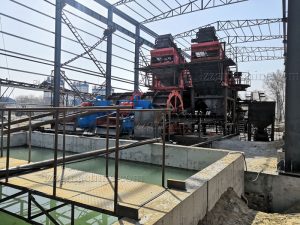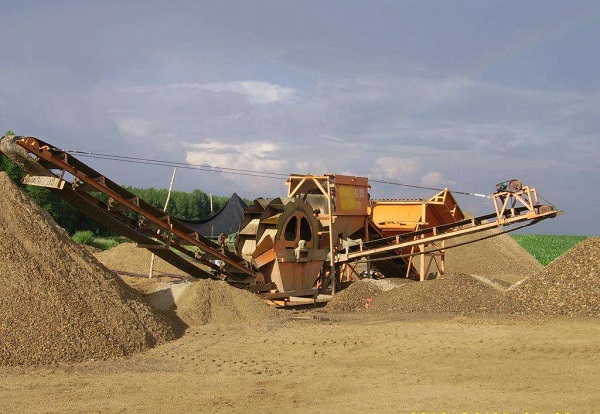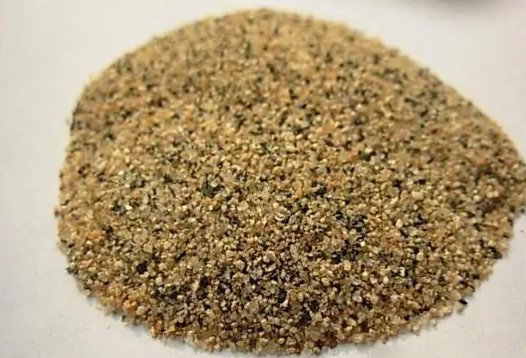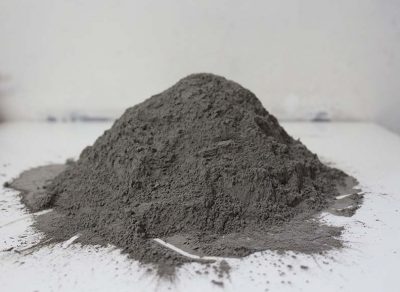Sand quality standard for ordinary concrete
 March.07,2020
March.07,2020
As the sand and stone industry is hot, many individual investors are now entering the sand and stone production industry, and most of the sand produced by small sand and stone plants is sold to concrete mixing stations. Some of the investors invested a lot of money to build the sand and stone materials produced by the sand and stone factory, but they were told that the sand was unqualified. Either the mud content was too high or the modulus was too large. So what is the standard for using sand in the mixing station?
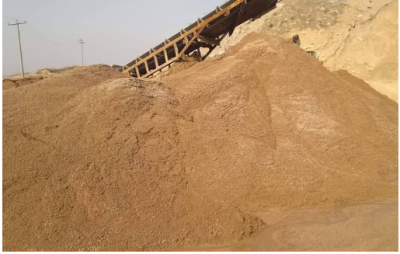
1. Mud content
According to the requirements of “Quality Standards and Inspection Methods for Sand for General Concrete” JGJ52-2011: The limit of mud content in sand varies according to the concrete strength grade. Among them, the sand content of the sand used for the concrete of C25 or less shall not be greater than 5 percent, and the sand content of the sand used for the C30-C55 concrete shall not be greater than 3 percent, used for the concrete of C60 The content of mud in the sand shall not be greater than 2 percent.
2.Fineness modulus and particle size of sand
The fineness modulus of sand is an indicator of the thickness and type of sand particle size. The larger the fineness modulus, the coarser the sand. The fineness modulus of sand for ordinary concrete ranges from 3.7 to 1.6, and medium sand is preferred. Or use coarse sand with a small amount of fine sand in a ratio of 4: 1. The maximum particle size of standard sand is 4.75mm.
The thickness of the sand is divided into four levels of coarse, medium, fine and ultra-fine according to the fineness modulus μf. Its range should meet the following requirements:
| Nominal particle size of sand | Nominal diameter of sand screen | Square hole screen length |
|
5.00 mm
|
5.00mm
|
4.75mm
|
|
2.5mm
|
2.5mm
|
2.35mm
|
|
1.25mm
|
1.25mm
|
1.18mm
|
|
630um
|
630um
|
500um
|
Grit: μf = 3.7 ~ 3.1
Medium sand: μf = 3.0 ~ 2.3
Fine sand: μf = 2.2 ~ 1.6
Superfine sand: μf = 1.5 ~ 0.7
3. Harmful debris
The sand used in concrete must not contain harmful impurities: such as chloride ions, sulfides, and sulfates, which are corrosive to the steel bars in reinforced concrete. Another example is light substances, mica and other substances that affect the compactness, solidification and anti-additive ability of concrete.
Sand washing equipment


